According to the Market Statsville Group, the global e-sim market size is expected to grow from USD 702.2 million in 2021 to USD 6673.8 million by 2030, at a CAGR of 32.5% from 2022 to 2030. Embedded Subscriber Identity Module (eSIM) or Embedded Universal Integrated Circuit Card (eUICC) is a reprogrammable chip that can be soldered or removed. It’s a small chip that the user uses to verify their identity with their carrier. In terms of functionality, eSIM is very clever. It allows users to switch between different mobile network operators (MNOs) and manages accounts by updating the user’s mobile phone software settings.
The ability to download an operator profile to an in-market SIM and change or delete subscriber identity module (SIM) profiles without having physical access to the SIM card is known as remote provisioning. Machine-to-machine (M2M) connections, including seamless and straightforward mobile connections for all connected devices, rely on the eSIM card. M2M requires the ubiquitous connectivity of devices across geographic regions. Embedded SIM eliminates the hassle of switching service providers, resulting in increased operational efficiency and a controlled and secure environment. The latest embedded SIM cards provide guaranteed profile interoperability as well as a primary platform for players to collaborate on a level playing field.
Request For Report Sample: https://www.marketstatsville.com/request-sample/e-sim-market
With technological advancements, the proliferation of IoT devices, and the proliferation of M2M services, ensuring secure and reliable communication among connected systems is becoming increasingly important. As a result, maintaining the security of these systems has become difficult. Embedded SIM cards enable automatic interoperability between connectivity platforms and multiple SIM operator profiles, allowing for remote provisioning of SIM profiles. However, if security is compromised, the operational flexibility provided by an embedded SIM will be useless. The eSIM collects and stores mobile network operator (MNO) credentials in the device’s inbuilt software, which is vulnerable to various security breaches. It also uses multiple MNOs and physical platforms, making it vulnerable to the risks of the virtual world.
Scope of the Global E-Sim Market
The study categorizes the eSIM market based on application, industry vertical, and region.
By Application Outlook
- Connected Cars
- Laptops
- M2M
- Smartphones
- Tablets
- Wearables
- Others
By Industry Vertical Outlook
- Automotive
- Consumer Electronics
- Energy & Utilities
- Manufacturing
- Retail
- Transportation & Logistics
- Others
Request For Report Discount: https://www.marketstatsville.com/request-for-special-pricing/e-sim-market
By Region Outlook
- North America
- US
- Canada
- Mexico
- Europe
- Germany
- Italy
- France
- UK
- Spain
- Poland
- Russia
- Slovenia
- Slovakia
- the Netherlands
- Belgium
- Norway
- Denmark
- Czech Republic
- Sweden
- Rest of Europe
- Asia Pacific
- China
- Japan
- India
- South Korea
- Indonesia
- Malaysia
- Thailand
- Vietnam
- the Philippines
- Singapore
- Australia & New Zealand
- Rest of Asia Pacific
- South America
- Brazil
- Argentina
- Colombia
- Rest of South America
- The Middle East & Africa
- Saudi Arabia
- UAE
- South Africa
- Northern Africa
- Rest of MEA
Asia Pacific accounts for the highest CAGR during the forecast period
Based on the regions, the global eSIM market has been segmented across North America, Asia–Pacific, Europe, South America, and the Middle East & Africa. Globally, Asia Pacific is estimated to hold the highest CAGR in the global eSIM market during the forecast period. The region includes the countries such as China, India, Japan, South Korea, Australia, Southeast Asia, and Rest of Asia–Pacific. Strong economic growth in domestic emerging countries such as China, Indonesia, Malaysia, and India is driving the region’s expansion.
Report Analysis: https://www.marketstatsville.com/e-sim-market
Key Market Players
Major players in the global eSIM market are:
- Deutsche Telekom AG
- Giesecke & Devrient GmbH
- Infineon Technologies AG
- Gemalto NV
- NTT DOCOMO, INC.
- NXP Semiconductors N.V.
- Sierra Wireless, Inc.
- Singapore Telecommunications Limited
- STMicroelectronics
- Telefónica, S.A.






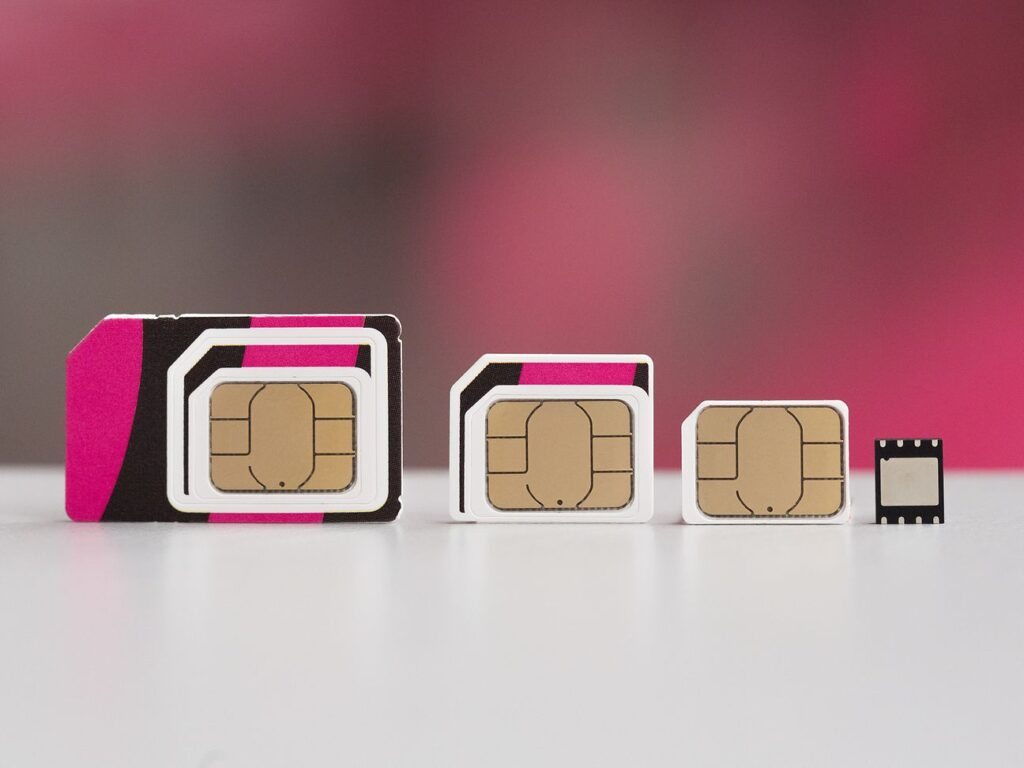
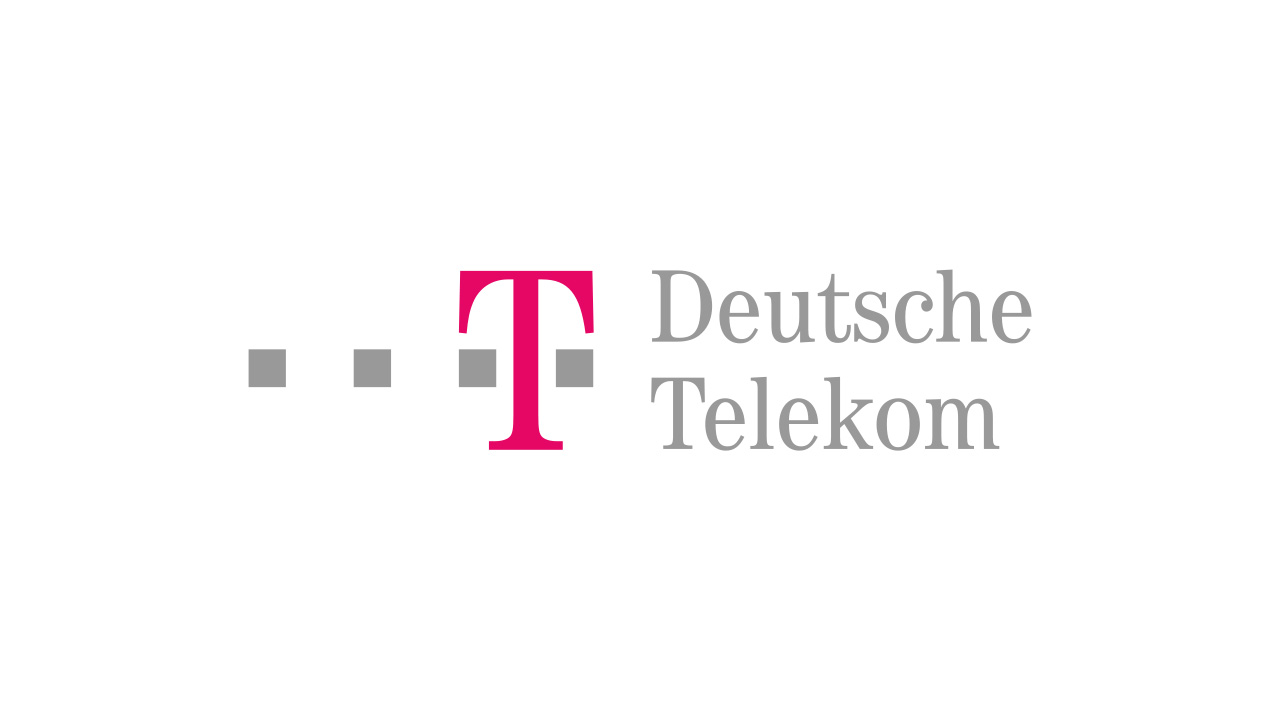
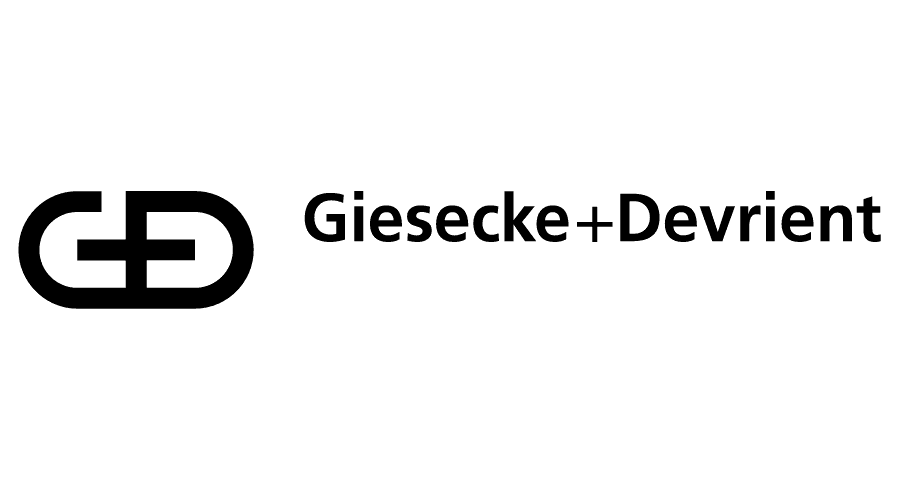

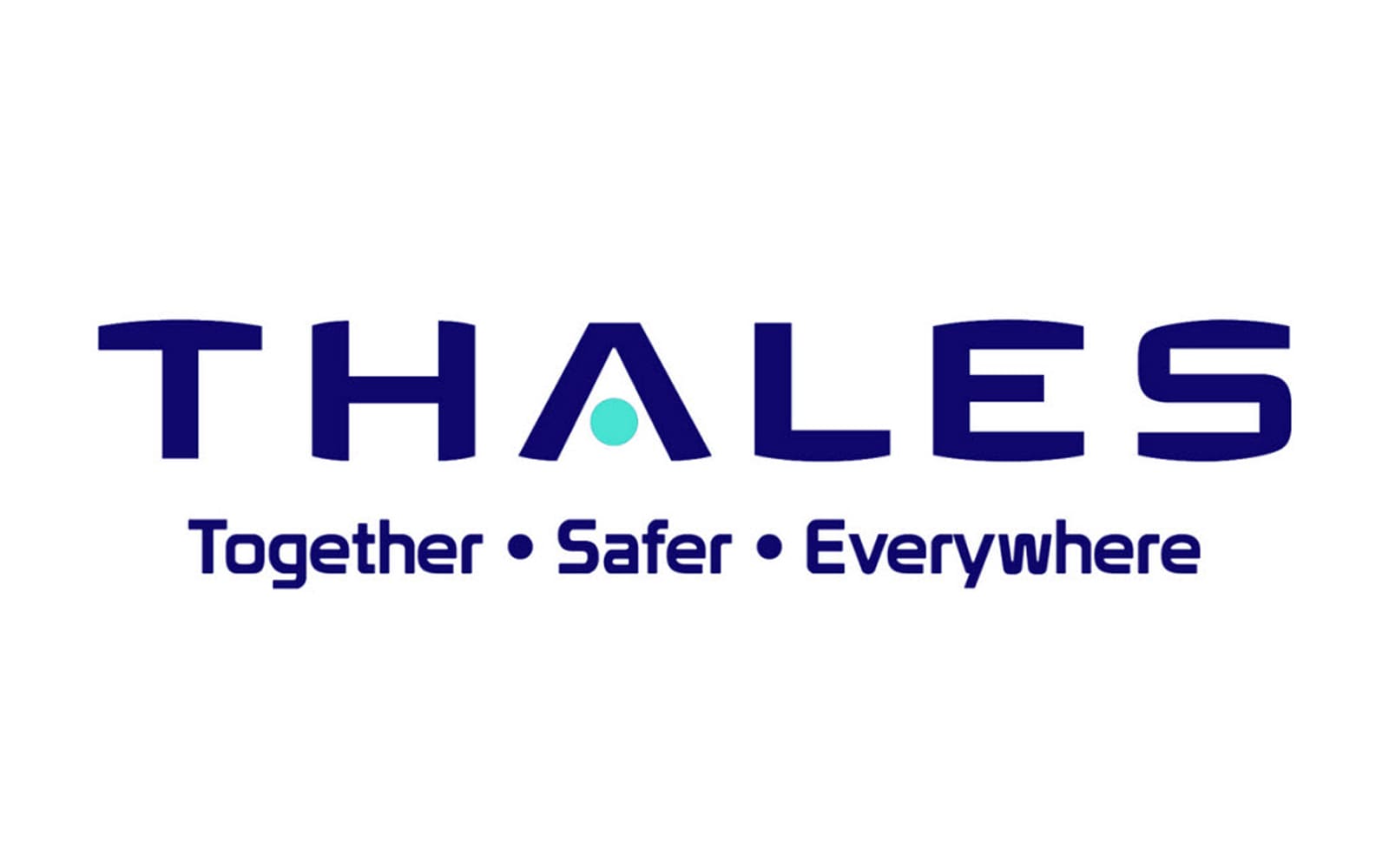
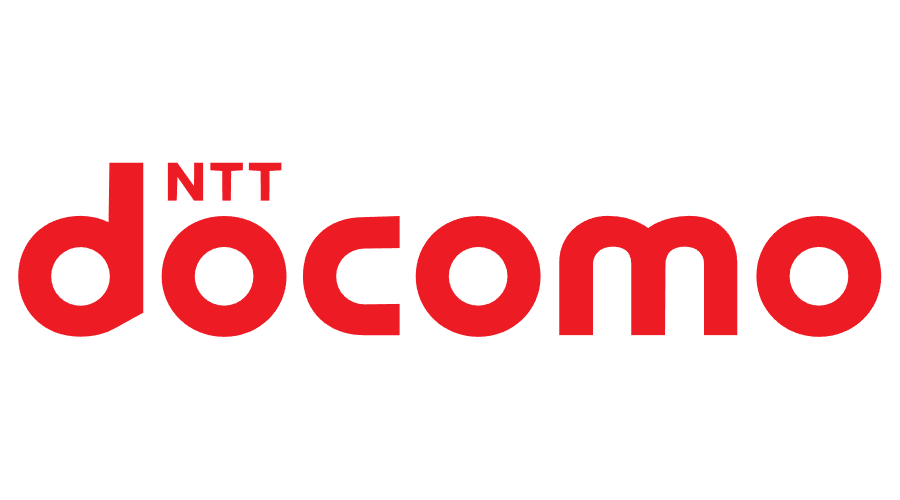


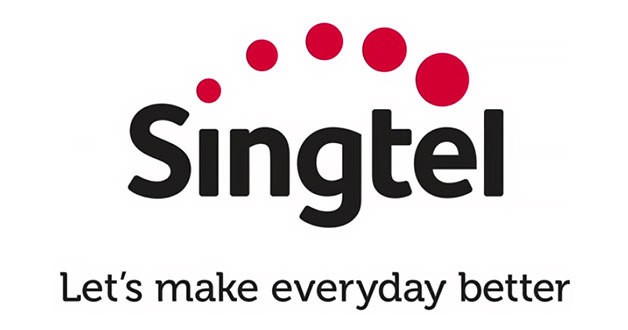
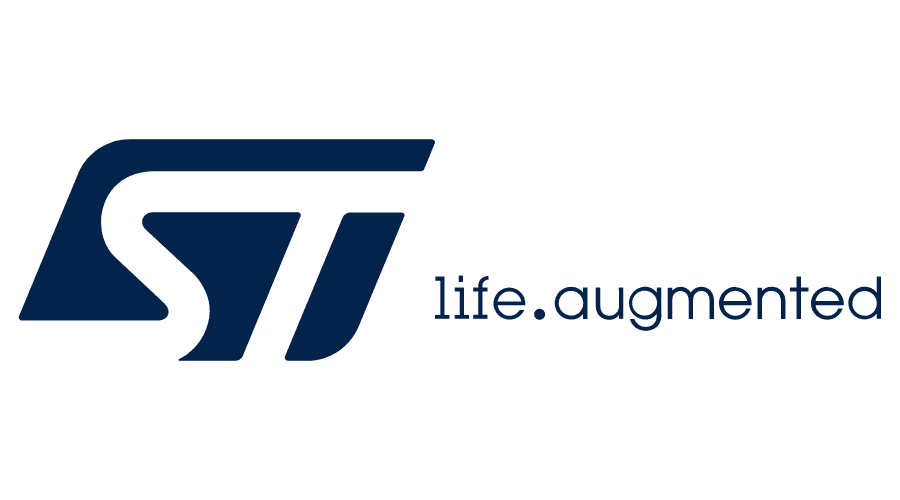


Leave a Reply